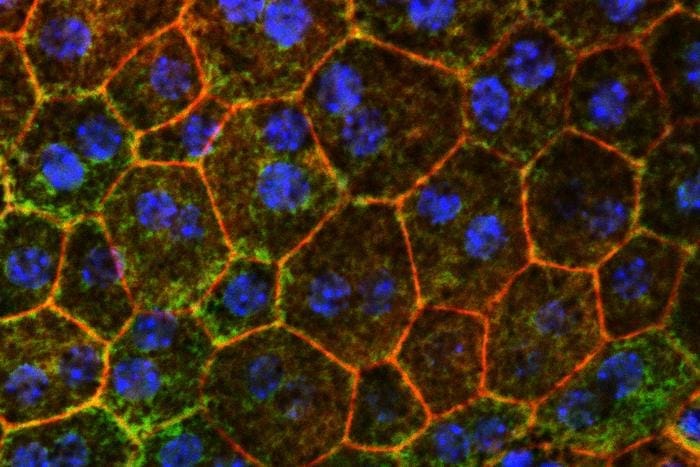Cholesterol metabolism offers new approach against macular degeneration
A study by the Washington University School of Medicine in St. Louis shows a promising way to slow down or stop the progression of age-related macular degeneration. The highlight: for the first time, a link between cholesterol metabolism and this eye disease has been discovered. The result of this finding: increasing the level of the molecule apolipoprotein M (ApoM) in the blood can reduce the damage to retinal cells.
Age-related macular degeneration leads to cholesterol-rich deposits under the retina that cause inflammation and cell damage. In early stages, vision often remains normal, but the deposits promote processes that lead to “dry” macular degeneration with geographic atrophy or the “wet” form with abnormal blood vessel growth. Both forms cause progressive vision loss, and existing therapies can only slow down the disease to a limited extent in advanced stages without reversing it.

The researchers investigated the relationship between cholesterol metabolism and macular degeneration using human plasma samples and mouse models. They found that patients with macular degeneration have lower levels of ApoM in their blood than healthy individuals. ApoM plays a key role in the processing of “good” cholesterol, which removes excess pro-inflammatory cholesterol from the body via the liver. Low levels of ApoM lead to cholesterol deposits in retinal and heart muscle cells, causing inflammation and cell damage.
In mouse models with macular degeneration, increasing ApoM levels by genetic modification or plasma transfer improved retinal health, increased the function of light-sensitive cells and reduced cholesterol deposits. ApoM activates a signaling pathway that breaks down cholesterol in lysosomes, thereby disposing of cellular waste. ApoM must be bound to sphingosine-1-phosphate (S1P) for its protective effect.
The results could enable new treatment strategies for macular degeneration that are more effective and less invasive. They also point to parallels with heart failure, as both diseases are associated with low ApoM levels and impaired cholesterol metabolism. The researchers are working with the startup Mobius Scientific to translate these findings into therapies that could protect vision and heart health in old age.
Original Paper:
The articles in the news section are produced by X-Press journalist office
Gender note. The personal designations used in this text always refer equally to female, male and diverse persons. Double/triple references and gendered designations are avoided in favor of better readability.




